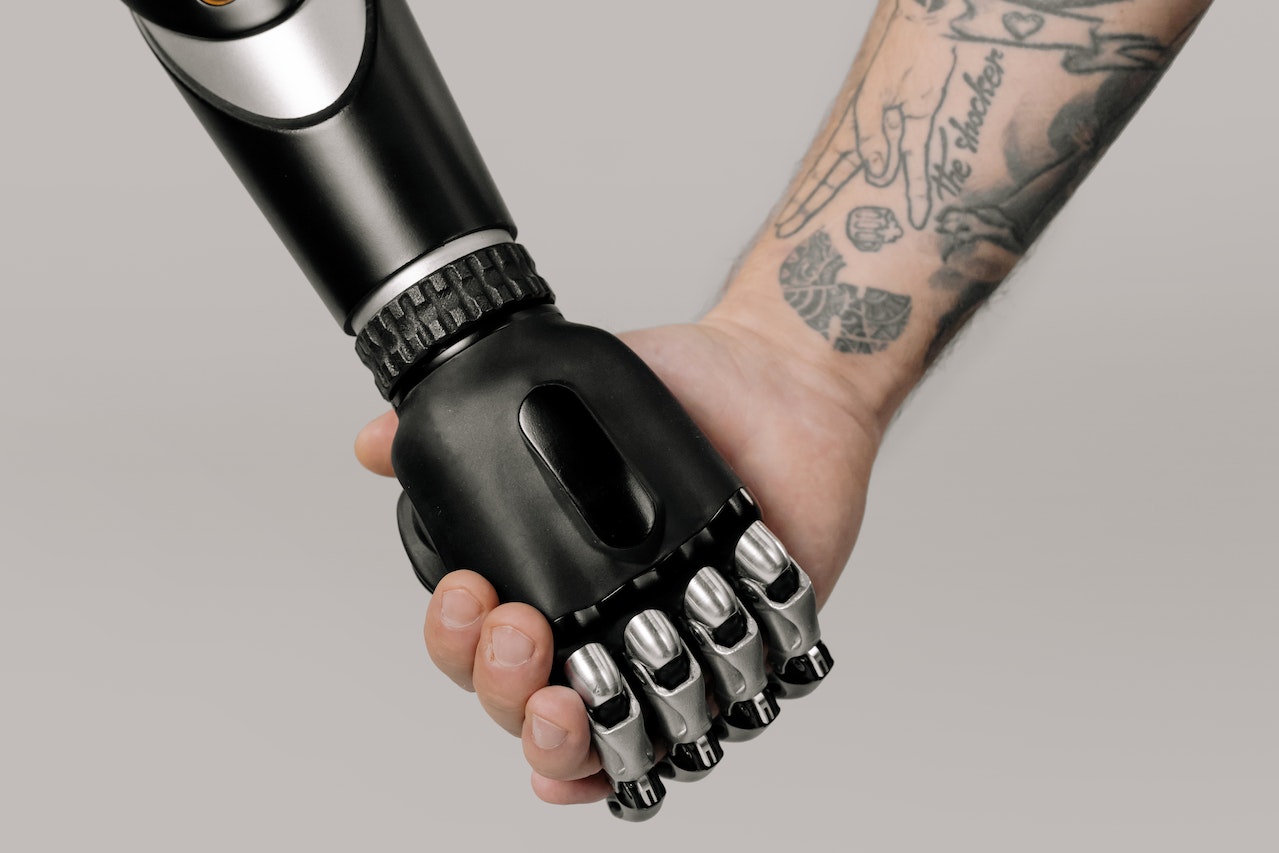Introduction
Bionic prosthetics, once the stuff of science fiction, are now a reality, offering a new era of hope and empowerment for amputees. These advanced prosthetic limbs seamlessly integrate robotics and engineering, mirroring the natural movements of human limbs and significantly enhancing functionality. In this article, we delve into the world of bionic prosthetics, their integration with robotics, how they mimic natural movements, and the profound impact they have on the lives of amputees.
- Bionic Prosthetics and the Integration with Robotics:
Bionic prosthetics, also known as bionics or robotic prosthetics, are a result of the remarkable convergence of robotics and prosthetic technology. These cutting-edge devices aim to restore lost functionality and provide users with a more natural and intuitive control over their artificial limbs.
At the core of bionic prosthetics is the integration of sophisticated sensors, actuators, and microprocessors. These components work together to capture and interpret neural signals or muscle contractions, translating them into precise movements in real-time.
- Mimicking Natural Movements and Enhancing Functionality:
Bionic prosthetics stand apart due to their ability to mimic natural movements with incredible precision. With the help of advanced sensors, they can detect the user’s intentions and respond accordingly, allowing for more fluid and lifelike motions.
Some bionic prosthetics even offer multiple degrees of freedom, enabling users to control individual fingers or perform intricate gestures, such as grasping delicate objects. This level of dexterity brings amputees closer to regaining the functionalities they thought were lost forever.
- Challenges and Benefits of Using Bionic Prosthetics:
While bionic prosthetics offer groundbreaking advancements, there are challenges that designers and users must address. One significant challenge is the integration of the prosthetic with the user’s nervous system to achieve seamless control. Ensuring the accuracy of neural signal interpretation and reducing signal interference requires ongoing research and development.
On the other hand, the benefits of bionic prosthetics are manifold. They can significantly improve the user’s quality of life by restoring mobility, independence, and self-confidence. Many amputees who use bionic devices report reduced phantom limb pain and enhanced psychological well-being, as they regain the sense of wholeness and connection with their bodies.
- Videos and Case Studies of Amputees Using Bionic Devices:
Case studies and videos provide powerful testimonials of the transformative impact bionic prosthetics have on the lives of amputees. One such case study features James, a veteran who lost his arm in combat. With a bionic arm, James is not only able to perform everyday tasks with ease but has also resumed his passion for playing the guitar, an activity he feared he would never be able to enjoy again.
In another inspiring video, Lisa, an athlete who lost her lower leg in an accident, showcases her remarkable agility and speed with her bionic running blade. Her powerful strides exemplify how bionic prosthetics can enable amputees to achieve feats once deemed impossible.
Conclusion:
Bionic prosthetics represent a triumph of human ingenuity and compassion, revolutionizing mobility and functionality for amputees. By seamlessly integrating robotics and mimicking natural movements, these advanced prosthetics offer unprecedented levels of control and dexterity, empowering users to navigate life with newfound independence.
While challenges remain in perfecting the integration of bionic limbs with the human body, the benefits they bring to amputees are immeasurable. The profound impact on users’ physical and emotional well-being is a testament to the potential of technology in transforming lives.
As the field of bionic prosthetics continues to evolve, we can expect even greater advancements, blurring the boundaries between artificial and biological limbs. With each stride forward, bionic prosthetics reaffirm the remarkable resilience of the human spirit and offer a glimpse of a future where mobility knows no boundaries, and amputees can embrace life with unwavering determination and grace.



